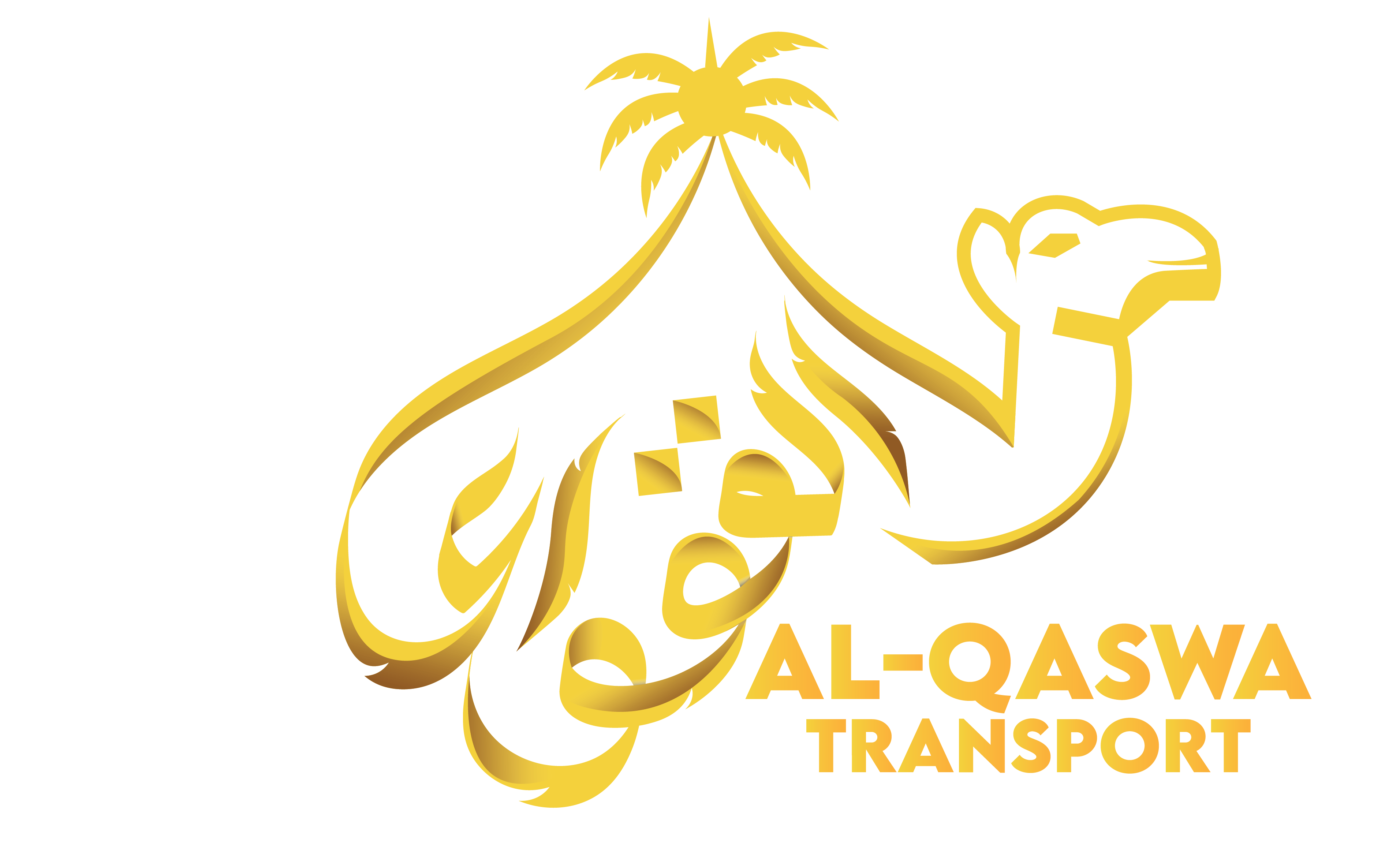Makkah is a sacred city where hearts find peace and souls attain purity. Ziyarah here is not just an act of worship but a profound journey through history and devotion, where every step is connected to the memories of Prophet Muhammad (PBUH). From the Kaaba’s spiritual embrace to the silent echoes of Hira Cave, every place in Makkah holds deep significance, inviting believers to reflect, pray, and strengthen their faith.
- Masjid al-Haram & The Kaaba
- Jabal al-Nour & Cave Hira
- Jabal Thawr & Cave Thawr
- Jannat al-Mu’alla
- Masjid al-Jinn
- Masjid al-Rayah
- Birthplace of Prophet Muhammad (PBUH) (Makkah Library)
- Masjid al-Shajarah
- House of Abu Bakr (RA)
- House of Khadijah (RA)
- Jabal Rahmah (Mount of Mercy, Arafat)
- Mina
- Muzdalifah
1. Masjid al-Haram & The Kaaba
Location: Central Makkah
Significance: The holiest site in Islam and the largest mosque in the world.
- The Kaaba: The House of Allah, towards which all Muslims face in prayer.
- Hajr-e-Aswad (Black Stone): A sacred stone placed in the eastern corner of the Kaaba, which Muslims try to kiss during Tawaf.
- Maqam Ibrahim: The stone where Prophet Ibrahim (AS) stood while constructing the Kaaba.
- Zamzam Well: The miraculous water source that emerged when Hajar (AS) searched for water for her son, Prophet Ismail (AS).
- Hateem: A semi-circular area adjacent to the Kaaba, considered part of its original structure.
2. Jabal al-Nour & Cave Hira
Location: About 4 km from Masjid al-Haram
Significance: The mountain where Prophet Muhammad (PBUH) received his first revelation.
- The Cave of Hira is where Angel Jibreel (Gabriel) revealed the first verses of the Quran to the Prophet (PBUH).
- The climb to the cave is steep, taking about 45 minutes to an hour
3. Jabal Thawr & Cave Thawr
Location: 7 km south of Makkah
Significance: The place where Prophet Muhammad (PBUH) and Abu Bakr (RA) took refuge during their migration to Madinah.
- The Quraysh were searching for them, but Allah miraculously protected them when a spider spun a web and a pigeon laid eggs at the cave’s entrance.
- This event is mentioned in Surah At-Tawbah (9:40) of the Quran.
4. Jannat al-Mu’alla (The Cemetery of Makkah)
Location: Close to Masjid al-Haram
Significance: One of the oldest cemeteries in Islamic history, where many of the Prophet’s (PBUH) family members are buried.
Notable burials include:
- Amina bint Wahb – Mother of Prophet Muhammad (PBUH).
- Khadijah (RA) – The first wife of the Prophet (PBUH) and the first believer in Islam.
- Abdul Muttalib – The Prophet’s grandfather and caretaker.
- Abu Talib – The Prophet’s uncle and protector during his early prophethood.
5.Masjid al-Jinn
Location: Near Masjid al-Haram
Significance: A mosque built at the site where a group of jinn heard the Prophet (PBUH) reciting the Quran and embraced Islam.
- This event is mentioned in Surah Al-Jinn (72:1-15) of the Quran.
- The mosque is frequently visited by pilgrims as a reminder of the universality of Islam.
6.Masjid al-Rayah
Location: Near Jabal Kaaba
Significance: The site where the Prophet (PBUH) placed his flag during the conquest of Makkah in 8 AH.
- It symbolizes the victory of Islam and the peaceful return of the Prophet (PBUH) to his hometown.
7.House of Khadijah (RA)
Location: Near Masjid al-Haram
Significance: The home where Prophet Muhammad (PBUH) lived with his wife Khadijah (RA) and where many of their children were born.
- The house is now part of the Masjid al-Haram expansion area, but its historical significance remains.
8.House of Abu Bakr (RA)
Location: Close to Masjid al-Haram
Significance: The residence of Abu Bakr (RA), the closest companion of the Prophet (PBUH) and the first Caliph of Islam.
- This house was where the Prophet (PBUH) stayed before migrating to Madinah.
9.Birthplace of Prophet Muhammad (PBUH) (Makkah Library)
Location: Near Masjid al-Haram
Significance: The site where the Prophet (PBUH) was born in the year 570 CE.
- The place is now converted into a library and is not officially open for public visits, but many people still go there to reflect on the life of the Prophet (PBUH).
10.Masjid al-Shajarah
Location: Near Mina
Significance: The place where a tree moved towards the Prophet (PBUH) when he called it, as a sign of his prophethood.
- This miraculous event strengthened the faith of many early Muslims.
11. Jabal Rahmah (Mount of Mercy, Arafat)
Location: 20 km from Makkah in Arafat
Significance:
- The place where Prophet Adam (AS) and Hawwa (AS) were reunited after being sent to Earth.
- The site where Prophet Muhammad (PBUH) delivered his Last Sermon during Hajj.
- Pilgrims visit this place on the Day of Arafah (9th Dhul Hijjah), which is the most important day of Hajj.
12.Mina
Location: 8 km east of Makkah
Significance: The place where Hajj pilgrims perform the Stoning of the Devil (Ramy al-Jamarat) ritual.
- Known as the City of Tents, as it accommodates millions of pilgrims during Hajj.
- Prophet Ibrahim (AS) was tested here when he was commanded to sacrifice his son, Ismail (AS), and the devil tried to mislead him.
13.Muzdalifah
Location: Between Arafat and Mina
Significance:
- Pilgrims gather here after sunset on the Day of Arafah (9th Dhul Hijjah) to spend the night in open space.
- They collect pebbles here for the Jamarat (Stoning) ritual in Mina.
14.Masjid al-Khayf (Mina)
Location: Mina
Significance: A historical mosque where many prophets, including Prophet Muhammad (PBUH), prayed.
- It is said that 70 prophets offered Salah here.
15.Masjid Namirah (Arafat)
Location: Arafat
Significance: The mosque where Prophet Muhammad (PBUH) delivered his Farewell Sermon during his last Hajj.
- On the Day of Arafah, Hajj pilgrims pray Dhuhr and Asr combined here.
